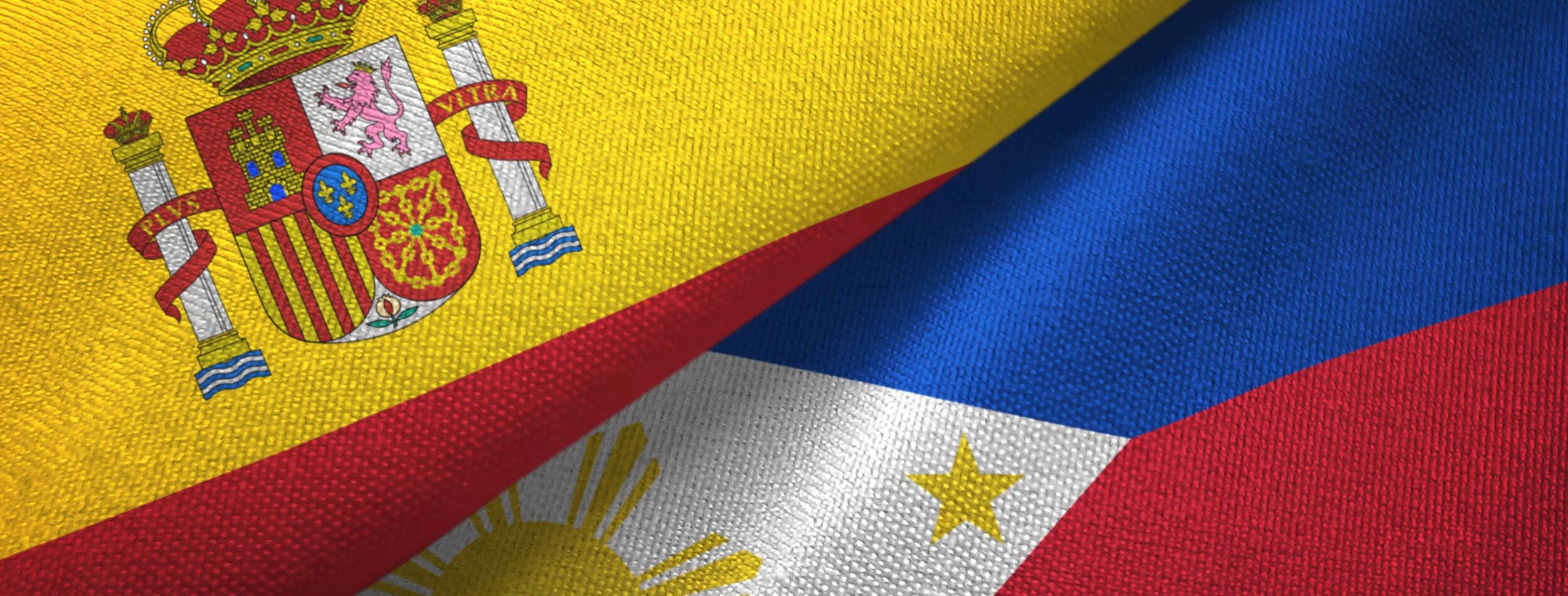Spanish Language in the Philippines

History and Origin
The history of the Spanish language in the Philippines is not an illustrious one, even though Spanish first reached the Philippines in the second half of the sixteenth century, and the country remained a Spanish territory for over 300 years. The history of the Spanish language in the Philippines began roughly around 1571 when the islands were incorporated into the Spanish crown. As compared to the American region, Spanish did not become the prime language of the Philippines.
The reasons for this lack of acceptance were numerous. Firstly, there were too few Spanish settlers in the Philippines. Secondly, because of the geographical distance from peninsular Spain, the Philippines were never at the center of Spanish attention.
Conflict and Issues
Though education was a priority, there was a lack of trained Spanish teachers, and the schools lacked adequate facilities. Even the missionaries instructed the natives in their own language and not in Spanish. The Filipino’s exposure to Spanish was, therefore, minimal.
In the late eighteenth and nineteenth centuries, attempts were made to make learning Spanish obligatory. Still, like all other attempts in the history of the Spanish language in the Philippines, it was a slow and half-hearted attempt. It was halted with the Spanish-American war in 1898, after which the Philippines became a U.S. territory. The American conquest marks the end of the history of the Spanish language in the Philippines.
Despite these obstacles, Spanish was the language of government, education, and trade throughout the Spanish colonial period. In the first half of the seventeenth century, a Tagalog-Chinese printer, Tomas Pinpin, wrote a book in to teach the citizens of the Philippines the Castilian Spanish dialect.
Established as a Common and Official Language
It became the common language of the educated and elite class in the Philippines. The famous Filipino patriotic idol Jose Rizal and others wrote most of their works in the Spanish dialect. Spanish was also the language of the Philippine Revolution.
After 1898, the USA instituted a program of anglicizing the country by spending vast sums on establishing the usage of English. English was made the official language as well as the medium of instruction in schools and universities.
From 1935, Spanish and English co-existed as official languages in the Philippines, but the Philippine Constitution of 1987 withdrew this status from Spanish. Thus according to the constitution, Pilipino (i.e., Tagalog) and English are the official languages of communication and instruction. At the same time, “Spanish and Arabic shall be promoted on a voluntary and optional basis.”
Other Spanish Variants
The Spanish language in the Philippines has influenced not only the Standard Tagalog dialect but also its several other variants spoken in different parts of the country. Today, there are more than two million Spanish speakers in the Philippines apart from those who speak some form of Spanish Creole dialect.
The Spanish Language and Culture Institute in Manila claims the number of Spanish speakers in the Philippines to be around three million, which includes speakers who communicate Spanish and consider it as one of the languages for their routine interactions.
Support our content creation by purchasing our Spanish translation services.
